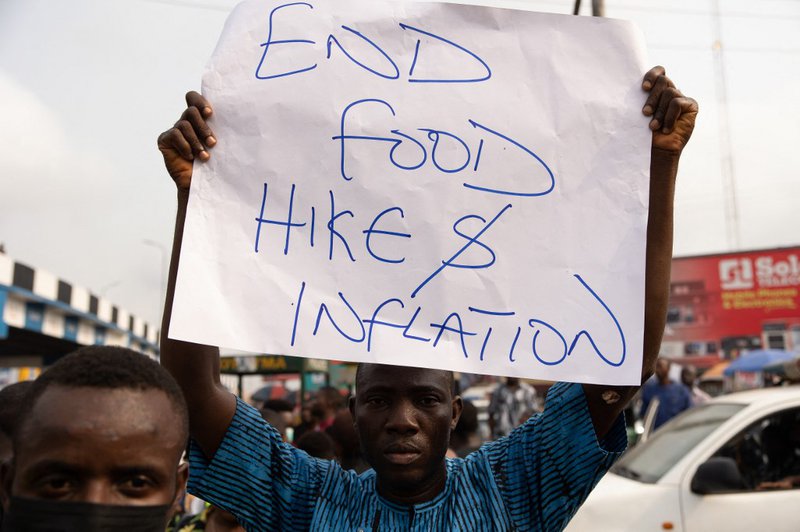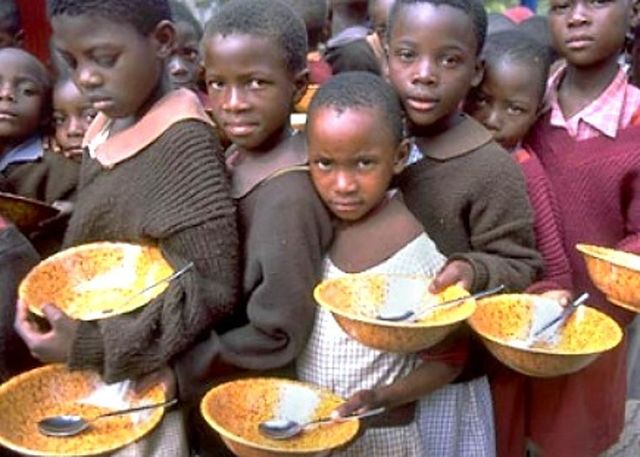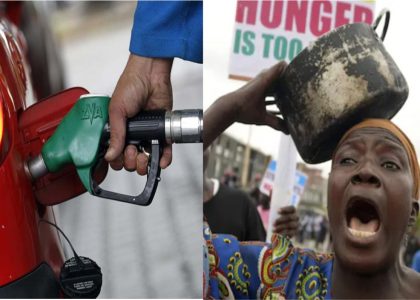Analyzing Local Food Insecurity and Comparing Global Hunger Trends
Despite Nigeria’s vast agricultural potential, millions in Southeast Nigeria face daily hunger. The paradox is stark—global food production is at an all-time high, yet food insecurity remains a pressing crisis in many developing regions, including Nigeria. Why is this the case?
This article examines the root causes of hunger in Southeast Nigeria, backed by data, and explores global hunger trends to identify solutions.
1. Understanding Food Insecurity in Southeast Nigeria
The Hard Facts
According to the National Bureau of Statistics (NBS), over 40 percent of Nigerians live below the poverty line (earning less than $1.90 per day). The United Nations Food and Agriculture Organization (FAO) estimates that 25 million Nigerians are at risk of acute food insecurity in 2024.
Key Causes of Hunger in Southeast Nigeria
- Declining Agricultural Productivity:
- Rural-urban migration has led to fewer farmers.
- Soil degradation and climate change reduce crop yields.
- Limited access to modern farming techniques keeps productivity low.
- Economic Hardship and Inflation:
- The rising cost of food (inflation over 30 percent in 2024) makes basic meals unaffordable.
- Wages have stagnated while fuel and transportation costs skyrocket.

- Insecurity and Conflict:
- Herders-farmers clashes, kidnappings, and communal violence have displaced thousands of farming families.
- Fear of attacks discourages investment in commercial farming.
- Poor Government Policies and Corruption:
- Government food subsidies rarely reach those in need.
- Policies favor imported food, neglecting local farmers.
- Climate Change and Unpredictable Weather:
- Floods and droughts reduce food production.
- Desertification is spreading southward, affecting fertile land.
2. Comparing Global Hunger Trends
While Nigeria battles food insecurity, other countries have adopted successful models to mitigate hunger.
Lessons from India:
- India reduced hunger by investing in large-scale food distribution programs.
- The Public Distribution System (PDS) ensures subsidized grains for low-income families.
Lessons from Brazil:
- The Fome Zero (Zero Hunger) program reduced poverty by providing school meals, direct cash transfers, and farmer support programs.
Lessons from Ethiopia:
- The Productive Safety Net Program (PSNP) helps farmers store surplus food and withstand droughts.
Lessons from Rwanda:
- Rwanda implemented land reforms, subsidized fertilizers, and built irrigation systems, increasing food production.
What can Southeast Nigeria learn from these strategies?
3. What Can Be Done?
Possible Solutions for Southeast Nigeria
- Investing in Agricultural Technology
- Provide improved seedlings, mechanized farming tools, and irrigation systems.
- Expand agricultural research to increase crop yields.
- Strengthening Local Food Production
- Support smallholder farmers with low-interest loans and subsidies.
- Improve storage and transportation networks to reduce food waste.
- Tackling Inflation and Economic Barriers
- Implement food price control measures.
- Introduce community-based feeding programs in schools and urban slums.
- Enhancing Security for Farmers
- Strengthen law enforcement in farming regions.
- Promote peace-building programs between farmers and herders.
- Adopting Social Welfare Models
- Learn from Brazil and India’s targeted food subsidy programs.
- Implement public food banks and direct cash transfers to vulnerable families.
4. Call to Action
The fight against hunger requires collaboration between governments, NGOs, and local communities. Southeast Nigeria must move beyond short-term food aid and focus on long-term solutions.
How You Can Help:
- Support local farmers by buying directly from them.
- Advocate for better agricultural policies.
- Donate to organizations tackling food insecurity.
- Spread awareness—share this article.
Would you like to explore case studies of successful anti-hunger programs? Let us know in the comments.
Sources:
- National Bureau of Statistics (NBS)
- FAO Hunger Report 2024
- World Food Programme (WFP) Reports
- UN Sustainable Development Goals on Hunger









